BMW C.L.E.V.E.R. Concept

BMW C.L.E.V.E.R. Concept. Nell’era delle depressione da parcheggio e del caro-petrolio, le citycar piccole ed economiche spopolano. I loro costi di gestione e le dimensioni contenute ne fanno delle vere e proprie regine del traffico cittadino, dove non contano tanto i cavalli bensì le doti di praticità e maneggevolezza. Considerando questi fattori, e miscelandoli con i noti vantaggi delle moto, BMW ha realizzato il C.L.E.V.E.R. Concept, in collaborazione con numerosi istituti europei. Un “ibrido” fra moto ed auto, a tre ruote, in grado di curvare inclinando l’abitacolo.
Una ricerca europea Tra i partecipanti di questo interessante progetto segnaliamo, oltre alla già citata BMW, l’Università di Bath, l’ Università di Berlino, l’ Institut Francais Du Petrol e l’ Universitaet Fuer Bodenkultur di Vienna. Il tutto con il patrocinio dell’Unione Europea, a conferma dell’impegno profuso dai costruttori del nostro continente nello sviluppo di sistemi di mobilità alternativa.
La base di partenza è un motore derivato dal Rotax che equipaggia lo scooter BMW C1, incrementato nella cilindrata a 218cc. L’alimentazione è affidata ad un impianto che utilizza gas compresso: il consumo, comparato con quello di un normale motore a benzina, è di soli 2,6 litri ogni 100 km, anche grazie alla notevole tecnologia intrinseca al motore succitato. Le prestazioni rimangono comunque interessanti: BMW C.L.E.V.E.R. Concept accelera da 0 a 60 km/h in 7 secondi, e raggiunge una velocità massima di circa 100 orari.
Essere mitologico Come gli antichi centauri, anche questo prototipo possiede due “nature” diverse ed apparentemente inconciliabili. La struttura posteriore, comprendente il motore ed un assale con le due ruote motrici, rimane fissa durante il moto, mentre l’abitacolo e la ruota anteriore dotata di forcellone si inclinano nella percorrenza delle curve.
La rotazione viene gestita in modo elettronico: il pilota non deve far altro che ruotare un comune volante, grazie ad un sistema di attuazione che regola l’inclinazione sulla base dei parametri dinamici. Il risultato è una tenuta di strada ineccepibile ed una guida semplice, abbinando le caratteristiche peculiari dei veicoli a due ed a quattro ruote.
Molti, a questo punto, solleveranno degli interrogativi riguardo alla sicurezza di questo prototipo. Presto detto: il telaio in acciaio, che accoglie su sedili allineati il pilota ed un passeggero, offre una invidiabile protezione ad ambedue gli occupanti, come dimostrano le immagini del crash test che potete ammirare nella photogallery di Infomotori.com. I quattro freni a disco, e gli pneumatici appositamente studiati da Cooper-Avon Tyre, tutelano infine la sicurezza attiva del C.L.E.V.E.R. Concept.
Alla conquista della città? Non si conoscono al momento le intenzioni di sviluppo per questo prototipo. A colpo d’occhio però, possiamo elogiare con fermezza la validità di un progetto come questo, che unisce il basso impatto ambientale ed il consumo ridotto con una versatilità fuori dal comune. La soluzione delle tre ruote, poi, sembra aver conquistato la matita (o meglio il mouse) di molti tecnici automobilistici, come dimostrano gli svariati prototipi presentati ad esempio da Peugeot e Volkswagen, mentre Piaggio ha già proposto sul mercato il suo innovativo scooter Mp3.
Le auto del futuro perderanno una ruota? Ai posteri l’ardua sentenza!
The prototype of a revolutionary new type of vehicle only one metre wide specially designed for cities has been developed by a team of European scientists. The vehicle combines the safety of a micro-car and the manoeuvrability of a motorbike, while being more fuel-efficient and less polluting than other vehicles.
The CLEVER (Compact Low Emission Vehicle for Urban Transport) vehicle is a £1.5 million collaborative project which has involved nine European partners from industry and research, including the University of Bath.
The three-year international project has produced a tilting three-wheeled vehicle that is fully enclosed and has seats for the driver and a passenger. Its strengthened frame protects the driver in a crash and the vehicle has a top speed of approximately 60 mph (about 100 kph) and an acceleration of 0-40 mph (60 kph) in seven seconds.
At just over three feet (1 metre) wide, it is 20 inches (0.5 metres) narrower than a micro-car, and three feet narrower than a medium sized conventional car. This reduced width means more efficient parking bays, and the possibility of narrower lanes for such vehicles.
The vehicle is different from previous attempts to create a small urban vehicle in that it is fully enclosed in a metal framework, is stylishly designed and is much safer. Its roof is as high as conventional cars, and it carries one passenger, who sits behind the driver.
Yesterday’s UK launch of the car, held at the University of Bath, has resulted in coverage in the national media (see Related Links – the BBC site has video footage from the 6 O’Clock news bulletin last night).
German, French, British and Austrian organisations, including BMW, began work on the project in December 2002 completed it in March this year. It is funded by the European Union.
Partners include: the Technische Universitaet Berlin in Berlin, the Institut Francais Du Petrole in Vernaison near Lyon, and the Institut Fuer Verkehrswesen – Universitaet Fuer Bodenkultur, in Vienna.
Matt Barker and Ben Drew, research officers at the University of Bath’s Centre for Power Transmission and Motion Control, developed a novel tilting chassis concept to keep the vehicle stable in corners. The vehicle controls the amount of tilt automatically, unlike on a motorcycle where the rider controls how far to tilt the vehicle.
The hydraulic active tilt system is electronically controlled to keep the vehicle balanced at all speeds while maintaining car-like steering throughout. The vehicle has an aluminium frame and plastic body work.
The work at Bath focused on the design and simulation of the vehicle chassis and control of the hydraulic tilting system. Cooper-Avon Tyres Ltd worked with the University of Bath to achieve these goals.
Running on compressed natural gas, the vehicle would not only help preserve stocks of oil but would emit about a third of the carbon dioxide than conventional family cars. Because it does not run on petrol or diesel, it would not be liable for the congestion charge in London, or any other city where the charge is likely to be adopted. Its fuel consumption is equivalent to 108 miles per gallon (or 2.6 litres per 100 kms) with petrol, a third of most cars.
“The CLEVER vehicle is a tremendous leap forward in the development of vehicles for the 21st century,” said Dr Jos Darling, senior lecturer in Mechanical Engineering at the University of Bath, who is in charge of its part of the project, with Dr Geraint Owen.
“Making our vehicles smaller is a good solution to the relentless increase in traffic in our towns and cities. The advent of micro cars was a first step, but with its manoeuvrability and narrowness, the CLEVER vehicle is the ultimate in the search for a small vehicle to get around cities like Bath and London.
“The fact that it has a stylish design, can carry a passenger, is not open to the weather and is as high as a conventional car, will mean it will be much more popular with motorists than previous novel city vehicles.
“It costs less to run, is quieter and is less polluting, and this will make it popular with environmentalists. Its strengthened safety frame makes it very safe for the driver in accidents.
“We think the CLEVER vehicle is the way forward in city motoring and are proud that the University of Bath is at the heart of a European project to bring it about.”

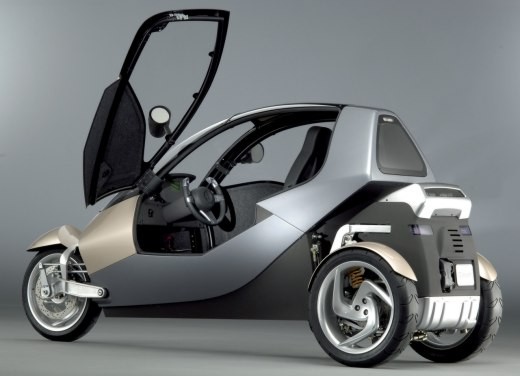
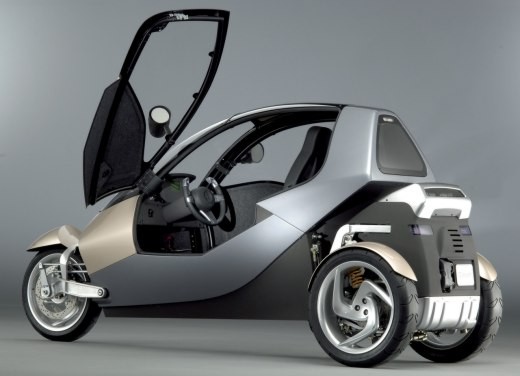
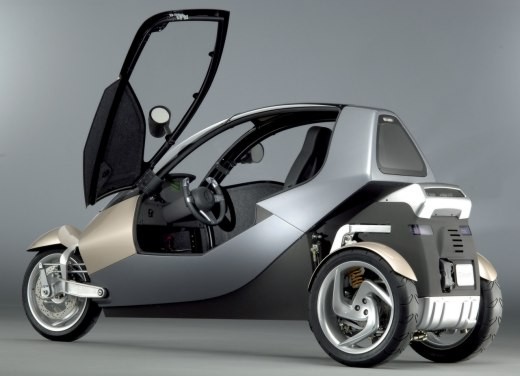
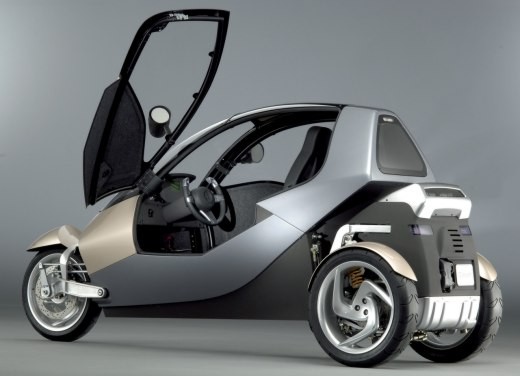
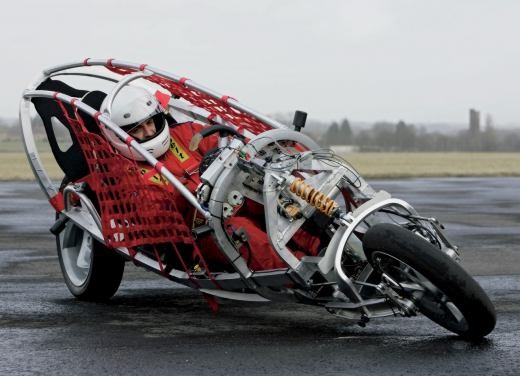
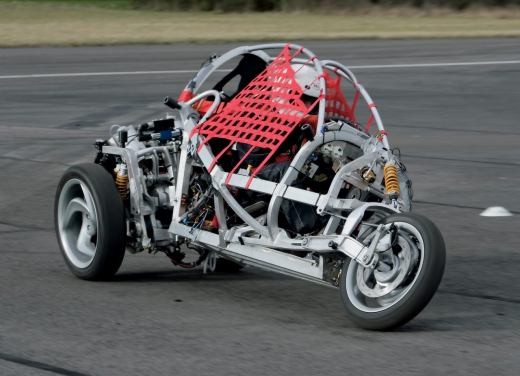
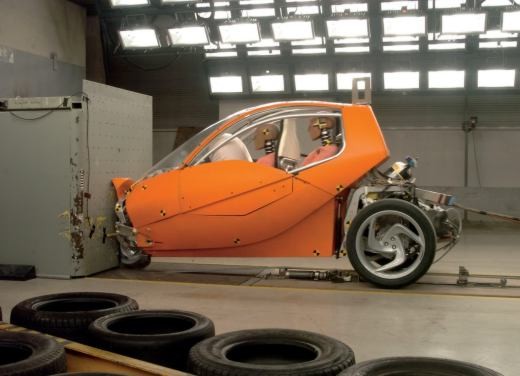
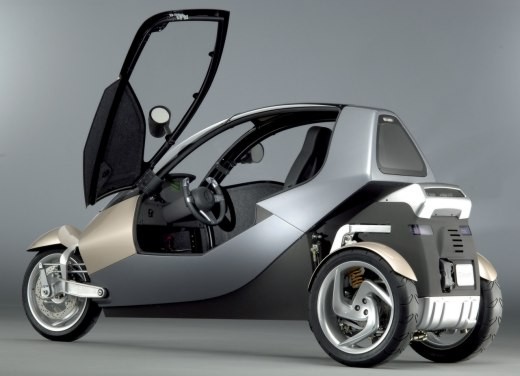










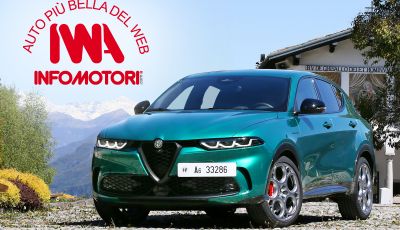

![[VIDEO] Jaguar I-Pace, test drive del SUV elettrico a trazione integrale](https://www.infomotori.com/content/uploads/2021/09/Speciale-Jaguar-IPACE-400x230.jpg)
![[VIDEO] Nuova Citroen AMI, il veicolo elettrico perfetto per la città](https://www.infomotori.com/content/uploads/2021/07/Speciale-Citroen-AMI-400x230.jpg)
![[VIDEO] Nuova Fiat Tipo Cross, il crossover che mancava](https://www.infomotori.com/content/uploads/2021/05/Speciale-Fiat-Tipo_cross-2-400x230.jpg)


